A Guide to Growing Roses
Roses are much loved staples of the English garden and come in hundreds of different colours, shapes and scents.
What are the different types of roses?
Shrub roses

Perfect as hedging, these big and bushy varieties are also great for filling a border, plus there’s a huge variety to choose from.
Some flower just the once in the summer and others will flower throughout the season and have magnificent scents.
Ground cover roses
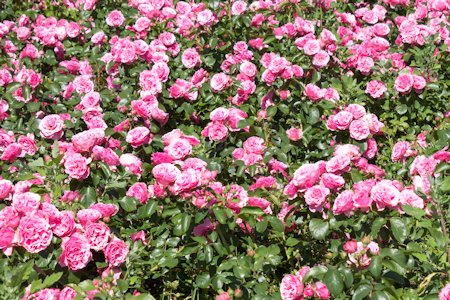
These roses grow in a sideways direction, more than upwards and they create a beautiful mat of stems.
Tough and hardy, they are happy in sunny areas of the garden and will need little attention.
They should flower in small clusters more than once during the summer.
Climbing roses
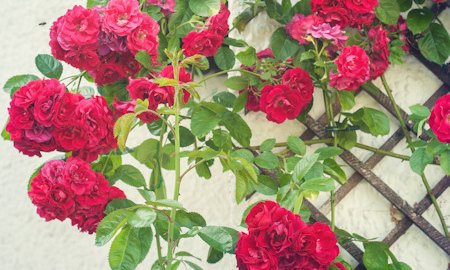
Climbing roses have long arching stems that can be trained to climb up a wall, fence, trellis, arch or pergola.
They will usually flower several times between summer and autumn.
Rambling roses
These are similar to climbing roses but tend to flower just the once.
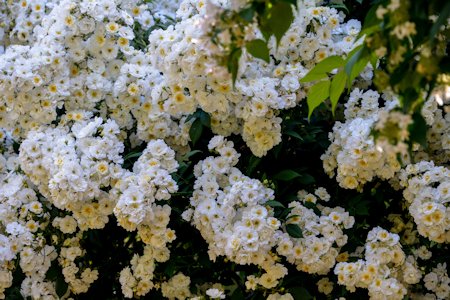
When they do flower (usually early summer) it’s in a burst of clustered small flowers.
Floribunda roses
Sometimes known as cluster-roses because they bloom with clusters of bushy flowers on each stem.
They will usually flower several times between summer and autumn and are great for beds, borders or injecting colour into smaller gardens.
Hybrid tea roses
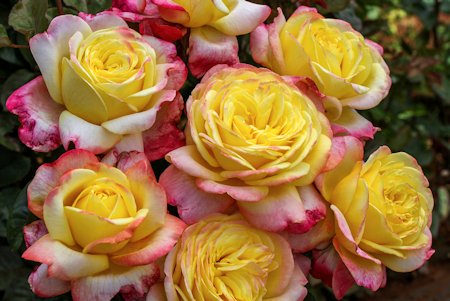
Large and richly scented, these flower in three separate flushes from mid-summer to late-autumn with a single flower on each stem.
These are perfect for making a statement in formal borders, and make great cut flowers.
Patio roses
These neat bushy plants usually produce small clusters of flowers.
With shallower roots than other roses, they are perfect for planting in pots, making them great for adding colour to balconies, patios and more.
What do roses need to thrive?
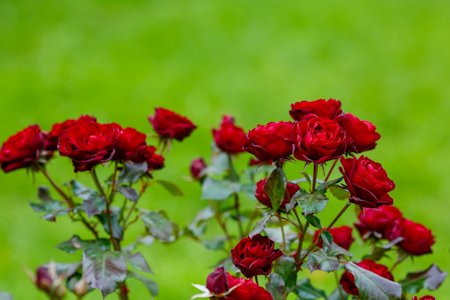
Most roses enjoy the sun. Ideally, they need a good few hours of sun per day and if you have an area of the garden that gets the sun in the morning, that would be perfect.
This means the morning dew on the foliage will dry quickly, reducing the risk of fungal disease.
Roses do well in most types of soil but tend to thrive in clay-based soil with good drainage. It’s a good idea to enrich the soil with compost or manure before planting, and then again once or twice a year.
Beware of planting where an old rose has grown previously, as rose sickness or replant disease can still be apparent in the old soil.
Remove any old soil – to a depth of around 50cm – and replace with fresh soil before you start again.
When to plant?
You can plant roses through winter and up until early Spring (March) before growing season. Autumn is an ideal time, as the ground is still relatively warm and contains a good amount of moisture for dormant plants to get established ahead of blooming in the spring.
Planting your rose
- Before planting, it helps to soak the rose in the container for 30mins or so. This allows you time to prepare the space you will be planting.
- If you’re planting in the ground, you need to allow enough room for the root ball, so make sure you measure at least 30cm deep and 25cm wide (enough for most 6 litre varieties).
- Think about space. How much space will your rose need when it matures? Distance depends on the type of rose/s you’ve chosen and where you’re planting, but as a general rule you should avoid overcrowding your roses. They need space to keep their shape and help their leaves dry (avoiding fungus development, which thrives in damp conditions) You also need to make sure that your rose isn’t too close to other tree/plant roots, and that they have access to sunlight.
- If you are growing a hedge with your roses, you’ll need to plant them around 50% closer together.
- Fertilise the soil. Once you’ve dug the hole where your rose will be, make sure to add some organic matter, like manure, followed by some fertiliser. You’re then ready to add your root ball.
- Most roses will have a ‘bud union’ which is the point where the bud of one plant has been grafted to another. It’s also where the stems flare out from. The bud union needs to be at least 1 inch below the soil to help anchor the plant. This will stop the roots loosening in windy conditions.
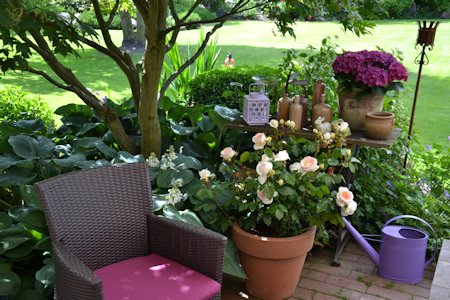
Onward care for your rose
- You should keep your roses well-watered whilst they’re getting established and during hot or dry summer spells. Try to water early in the day and focus on the base rather than the leaves of the plant.
- Once fully established with longer roots, the rose should be able to maintain itself well and only need watering in a drought.
- Make sure you fertilise your roses in the spring, by sprinkling some rose fertiliser around the base, before adding a layer of manure. This will help give the plants the nutrients it needs and keep weeds at bay.
Patio roses in pots
- Growing your rose in a pot? Make sure the pot is at least 30cm deep and has a volume of at least 25 litres. You can also use pot feet to raise the pot up and improving drainage.
- Use a loam-based compost, like John innes No. 3. This contains a good percentage of clay, which will help the rose thrive. You should also add manure to fertilise, plus some gravel to help with drainage if you wish.
- Roses in pots require a bit more watering – specially during hot summer spells, when they might need watering every day. You should also look to feed the rose every couple of weeks during growing season, with a general-purpose liquid feed. When buds start to appear you can switch it up with a feed that is high in potash.
- Top tip for potted roses: You should try and repot your rose every 2 years and refresh the soil. It will also give you the opportunity to see if you need a bigger pot – particularly if the roots have grown and there is no longer much space for the soil.
Check out our collection of roses, compost, pots and more, in store or online. Don’t forget - our Plant Team in store can assist with all your planting and gardening questions.








